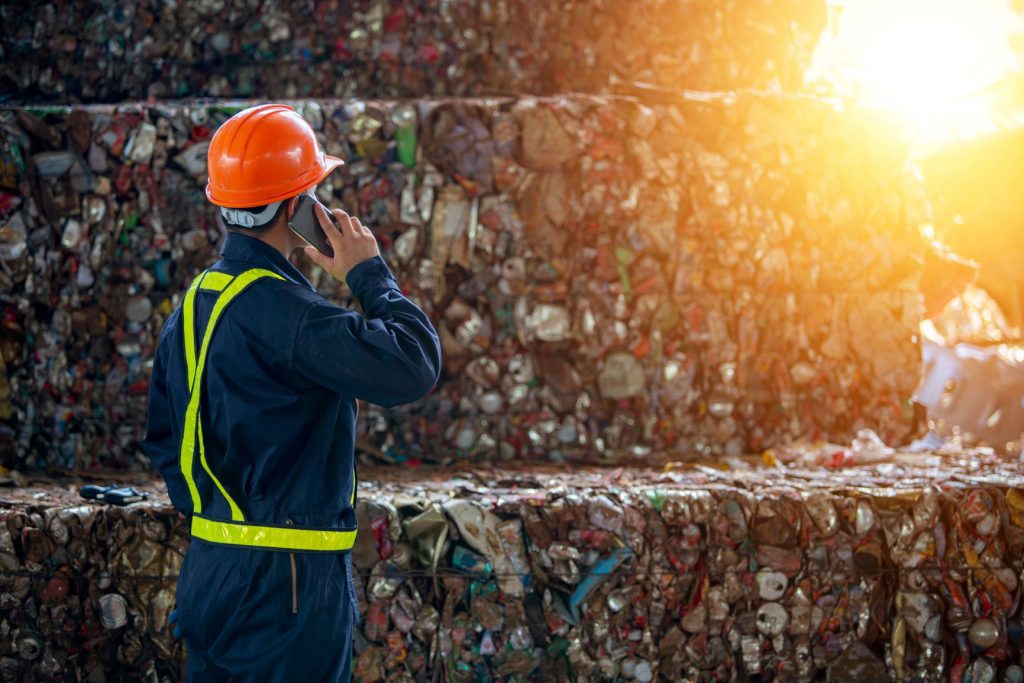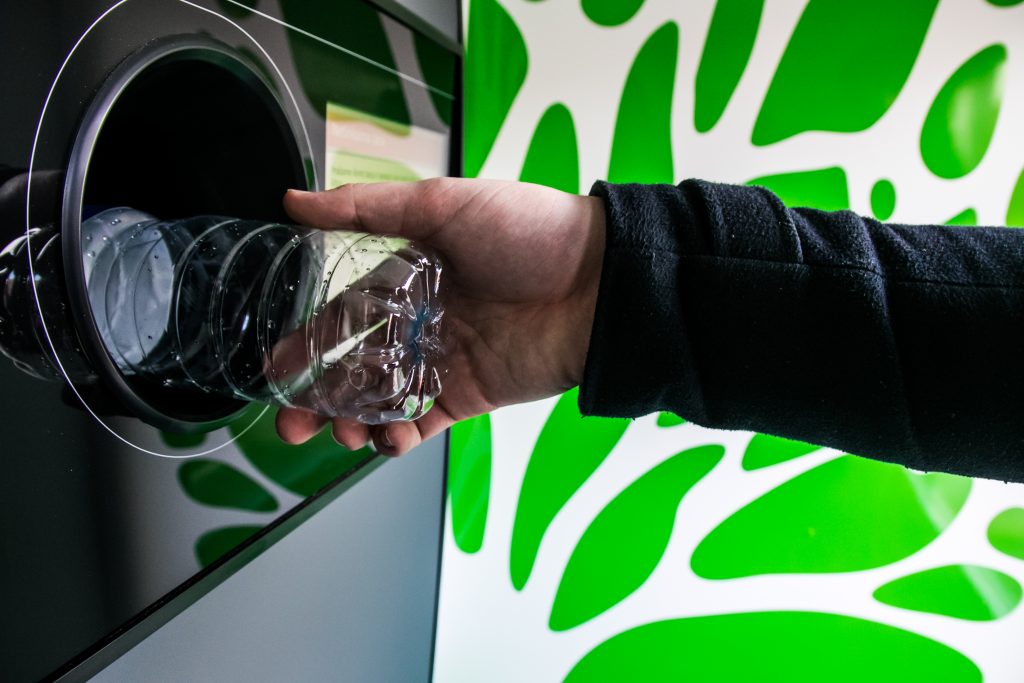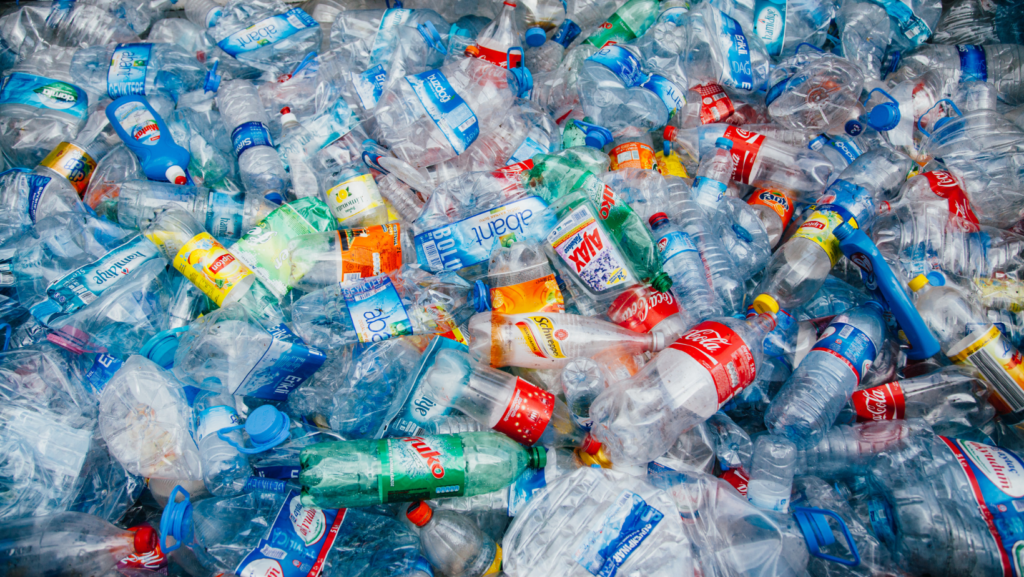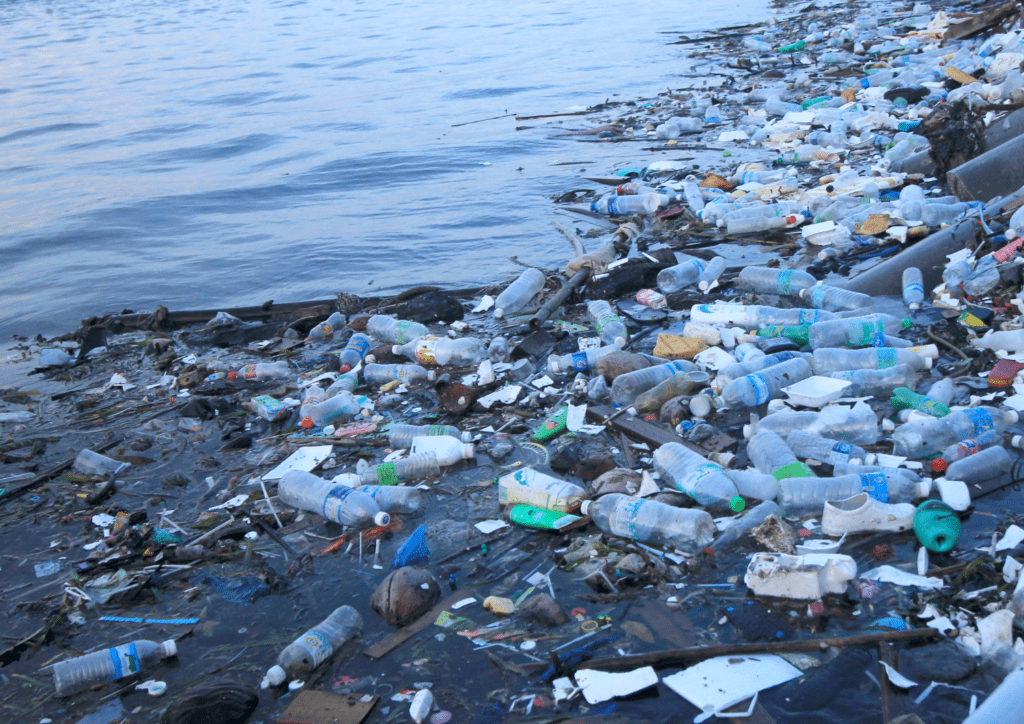Last week, we hosted a webinar about COVID-19, single-use plastics, and how Canada can both reduce plastic waste and help get its economy back on track. (In case you missed it, here’s a recording that you can watch).
We received A LOT of questions from viewers. Sadly, we couldn’t answer all of them on-air. So, we are going to tackle a few more of them in this blog.
This is the third in a series of blogs answering your questions about COVID-19 and the environment. (If you want to catch up, here’s last week’s blog.) Do you have a question? Email us at deardefenders@environmentaldefence.ca
Are plastic problems going to drop or multiply while the pandemic is happening?

That’s a good question, but a complex one. As people are spending more time at home, they are eating less take-out, drinking less coffee on-the-go, and consuming fewer convenience foods. This is helping to reduce people’s single-use plastics footprint.
However, at the same time, several Canadian grocery store chains aren’t allowing customers to use reusable bags. In the US, the plastic industry lobbied to remove bans on single-use plastic bags, citing hygiene concerns and saw bans lifted in Maine, New Hampshire, Oregon and Massachusetts. In the EU, plastic industry lobbyists asked the European Commission to postpone implementation of the single-use plastic directive, intended to cut plastic pollution. However, the commission rejected this call. And England postponed its ban on plastic straws, stirrers and cotton buds, which was due in April.
This is why we need to continue to pressure the federal government to keep its promise to solve Canada’s plastic pollution problem. You can take action by sending a letter to the federal government.
How many times can an item be recycled until it has to be disposed of?

It really depends on the material. Glass, steel and aluminum can be recycled endlessly with no loss of quality. Paper can be recycled only four to six times (although it can often be composted afterwards).
Some plastics can be recycled up to 10 times, but that’s optimistic. Usually, plastics are downcycled after one trip through the recycling system. That means your plastic bottle might become a carpet or a sweatshirt, but the next stop is the landfill.
In contrast, Germany has a deposit return system for plastic bottles where the bottles are actually cleaned, sterilized and refilled. Those bottles are refilled 20-25 times before they get recycled. That’s why reuse systems need to be a major part of our efforts to reduce plastic waste.
What is the difference between compostable and biodegradable plastics?

Compostable and biodegradable might sound similar, but they’re not. Biodegradable means that the product will decompose in nature. This process can take years or even decades. In comparison, compostable is an accelerated decomposition process, which can only happen in certain conditions. These conditions include specific temperature, humidity, oxygen and nutrient requirements etc.
We are seeing more and more compostable and biodegradable plastic products on store shelves. However, it’s important to note that most Canadian municipalities do not accept these items in their green bins. That’s because their facilities aren’t set up to handle these items. These products also can’t be recycled. So, while they might seem to be the more environmentally-friendly choice, they’re not.
How would a circular economy help to increase employment?

There are a few ways. If Canada increases domestic recycling, there will be more people collecting plastic, and working in sorting and recycling facilities. In short, there are more jobs in recycling than landfilling. Also, up until recently, we’ve sent a lot of our recycling to Asia. In a circular system, we’d want to increase recycling capacity in Canada, so manufacturers would have easier access to recycled content.
Reuse and refill systems would also expand, employing more staff in jobs ranging from marketing to collection and cleaning. And there would also be more jobs servicing equipment like reverse vending machines and sterilization equipment.
When will we see a deposit return program for plastics, specifically for plastic bottles, in Ontario?

That’s a great question. We’ve been calling on the province to institute a deposit return program for plastic bottles for several years. Currently, Ontario recycles less than half of the bottles sold in the province. In comparison, provinces with deposit return programs recycle up to 82 per cent of them.
Right now, the Ministry of Environment, Conservation and Parks is working with plastic producers, waste collectors and municipalities to transition the Blue Box to an extended producer responsibility system. That means, producers will get collection and recycling targets (as well as other requirements) and they’ll operate and pay for the system.
If the targets are high enough, producers will likely have to institute a deposit system— it’s the only proven way to accomplish high recycling targets. So now is the time to push the province to set high recycling targets, and producers to support a deposit return system.
Stay tuned for next week’s blog in this series, where we will tackle more of your pressing questions about COVID-19, the environment, and Canada’s economic recovery.










